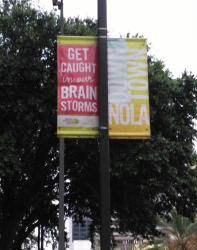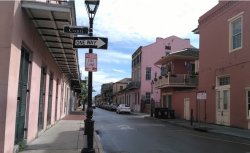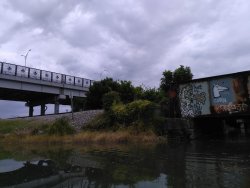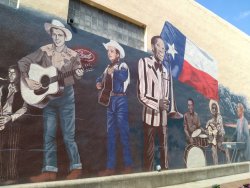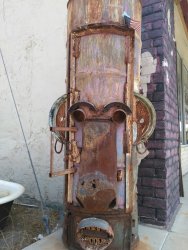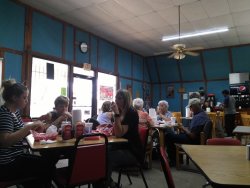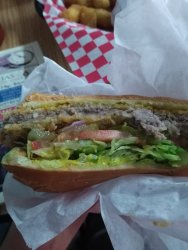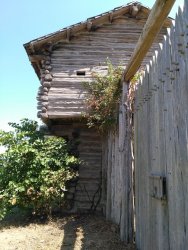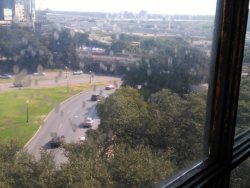- Joined
- Jan 20, 2019
- Posts
- 152
- Virgin
- Gold
A taste of Texas, a lick of Louisiana, a tot of Tamaulipas, and a night in Nuevo Leon
I’m a budget traveller so this TR likely won’t interest some, but I will include my experience crossing the US-Mexico border as well as some interesting small towns from my Texan road trip and tips on intercity buses. Apologies for the lack of photos and the bad quality of the ones that made it – I hadn’t originally planned on writing a TR.
The entire trip was rather last minute as I was intending to save up for another Eastern Europe trip, but STA had $750 for return Melbourne-Houston via Auckland on Air NZ. It seemed like an excellent deal and I have a good friend in Texas, so took the plunge.
The basic plan was:
-take buses to New Orleans
-go on a Houston-Dallas-Austin road trip, stopping by in several small towns along the way
-drop by Mexico to get alcohol (and experience the culture, of course) by going Austin-San Antonio-Laredo-Nuevo Laredo-Monterrey on buses
It looked something like

The flights
Entry: Air NZ gives expedited immigrations processing and it took less than an hour.
Exit: On the IAH-AKL flight there were many empty seats – there was only one person in the three rows on my right! One of the flight attendants, who seemed to be experienced – said she’d never seen a flight that empty. The FAs spread the passengers around, and a few people got their own row. I overheard one person who had been given a Skycouch row this way say that he had a great rest.
Overall, I found the crew to be quite distant (though professional) and though I have nothing to complain about given that it was economy and an excellent deal, I did find it slightly disconcerting that on a 13+ hr flight there were no eye shades/toothpaste/bottled water provided, which were available for economy passengers on long-hauls I’ve taken with other airlines. The meals were great, but airplane food always tastes great to me (as does hospital food – I don’t quite understand why people complain about these two). They definitely seemed to have good variety as the same meal options never popped up on the four flights I had with them.
I’m a budget traveller so this TR likely won’t interest some, but I will include my experience crossing the US-Mexico border as well as some interesting small towns from my Texan road trip and tips on intercity buses. Apologies for the lack of photos and the bad quality of the ones that made it – I hadn’t originally planned on writing a TR.
The entire trip was rather last minute as I was intending to save up for another Eastern Europe trip, but STA had $750 for return Melbourne-Houston via Auckland on Air NZ. It seemed like an excellent deal and I have a good friend in Texas, so took the plunge.
The basic plan was:
-take buses to New Orleans
-go on a Houston-Dallas-Austin road trip, stopping by in several small towns along the way
-drop by Mexico to get alcohol (and experience the culture, of course) by going Austin-San Antonio-Laredo-Nuevo Laredo-Monterrey on buses
It looked something like

The flights
Entry: Air NZ gives expedited immigrations processing and it took less than an hour.
Exit: On the IAH-AKL flight there were many empty seats – there was only one person in the three rows on my right! One of the flight attendants, who seemed to be experienced – said she’d never seen a flight that empty. The FAs spread the passengers around, and a few people got their own row. I overheard one person who had been given a Skycouch row this way say that he had a great rest.
Overall, I found the crew to be quite distant (though professional) and though I have nothing to complain about given that it was economy and an excellent deal, I did find it slightly disconcerting that on a 13+ hr flight there were no eye shades/toothpaste/bottled water provided, which were available for economy passengers on long-hauls I’ve taken with other airlines. The meals were great, but airplane food always tastes great to me (as does hospital food – I don’t quite understand why people complain about these two). They definitely seemed to have good variety as the same meal options never popped up on the four flights I had with them.








